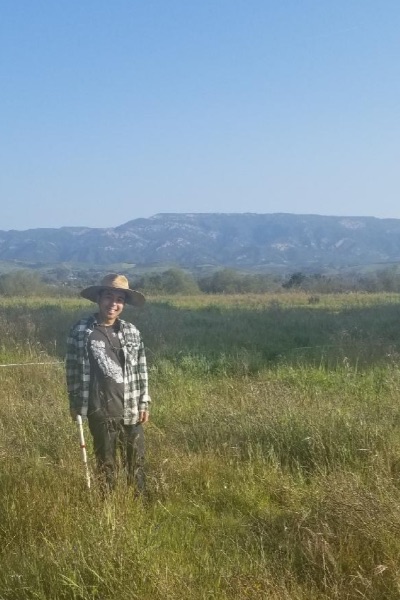In Their Words: Justin Luong
Name: Justin Luong
Department: Environmental Studies
What Award/ Scholarship did you receive? Hammett Fellowship Award in Environmental Studies
What year are you? 2nd Year
College: PhD
Where do you call home? Irvine, CA
With all of the choices for college, what made UC Santa Cruz stand out? The amazing ecology and faculty.
What is your field of focus? Restoration Ecology
How will this scholarship/award impact your academic life/research? I am very grateful for this award which will provide me the funds to complete the first chapter of my dissertation. It will also provide me necessary support in order to continue living in Santa Cruz throughout the summer.
What do you hope to do once you graduate from UC Santa Cruz? I hope to go on to become a professor where I can further work with students to develop new innovate research to improve restoration success.
What is one memorable moment that stands out for you as a student here? The last day of TA'ing for ENVS 100 when my students brought pizza, soda and desserts.
Research Project Description: Coastal prairies are highly biodiverse ecosystems and restoration is needed to prevent our prairies from disappearing with continual pressure for coastal development. It is often difficult to reach restoration goals with coastal prairies because it can be unpredictable due to competition with invasive plant species, variability in rainfall between years and severe droughts. In California, rainfall variability between years is predicted to become even more extreme, and droughts prolonged. I want to better understand how to improve restoration in this context and whether plant functional traits can inform plant selection in the planning process. Plant traits respond to variation in the weather, so insight about what traits are more favorable with future rainfall patterns could inform restoration planning. I am collecting the traits of 12 native species experimentally planted at Younger Lagoon Reserve within a rainfall exclusion treatment that simulates a 1-in-100 year drought and existing invasive species.
